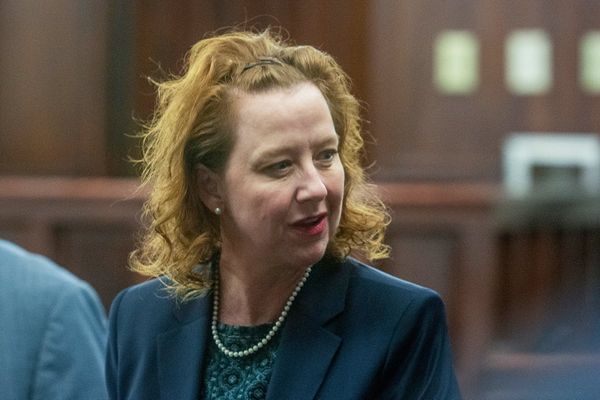
The price of Chinese pork surged to a new high in August, prompting authorities to take the year’s first dip into national meat reserves to ensure supply for the holidays.
Pork costs in China rose an average of 22.5% last month, compared with last year. It followed the highest recorded month-on-month increase of 25.6% in July, as CPI also hit a two-year high of 2.7%. August’s rise occurred despite an unexpected slowdown of CPI inflation to 2.5%.
China is the world’s biggest consumer of pork, and the country’s government maintains a frozen “reserve” supply as part of a vital stabilisation policy.
Before last weekend’s mid-autumn festival and China’s forthcoming National Day on 1 October, authorities said they were releasing some reserves for the first time this year.
The staple meat is the most heavily weighted item in the food basket used by economists to determine the nation’s consumer price index, and the government reserve is maintained to ensure supply and price steadiness. In 2019, pork prices rose to a record high after an outbreak of African swine fever spread across the country.
The recent rise has been attributed to high demand in holiday season, the high cost of feed, and the lagging impact of reduction in breeding stocks last year. People were also at home cooking more, some suggested. Chinese residents had been discouraged from travel because of several Covid outbreaks, and some have been under lockdown.
“There are more people eating pork as they found leisure time to cook,” said Ms Wang, a 53-year-old manufacturing worker in Zhuhai. “In this holiday season, families and friends gather together to enjoy meals, so there is a growing need for pork.”
Some producers were also accused of holding on to stock, contributing to a shortfall in supply.
In July, China’s National Development and Reform Commission advised famers against an “irrational reluctance to sell”, saying hoarding pigs to fatten them up or wait for better prices could lead to short-term shortages but also create a glut in the future.
The reserves policy involves extraordinary government intervention. In March, the government announced it was buying 38,000 tonnes of pork after prices fell.
Ensuring price stability and supply was related to the “vital interests of the masses”, said Dr Wang Zuli, an expert in pig production monitoring and early warnings, at the Chinese Academy of Agricultural Sciences.
“When the price of pork is low and the farmers lose severely, the government will boost the price of pigs by collecting and storing [ product],” he said. “When pork prices are high, the government will stabilise the price of pigs by releasing reserves.”
China’s economy has been battered by an ongoing government “dynamic zero” Covid policy, in which sudden and random lockdowns or movement restrictions have been imposed across the country. Last month’s slower growth in consumer prices was attributed in part to the lockdowns, and came as food prices rose 6.1% on year in August, after 6.3% in July.
Additional reporting by Xiaoqian Zhu and Reuters







